Introduction
Today we are witness to the golden age of new media. Children now turn to computer games rather than reading or listening to audio books. That is probably why this exhibition of stone sculptures based on fairy tales is somewhat surprising. The question that arises is perhaps the following: Is there still a need for fairy tales or for the art of stone carving?
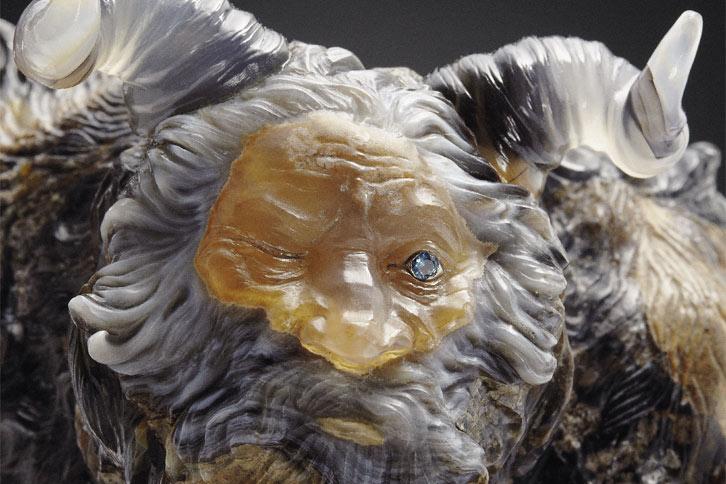
Folklore is an integral part of all cultures, whether in Liechtenstein, Russia or any other place in the world. Although we do not always realise it, folk tales address serious issues and help prepare children for real life. The fight between good and evil is used to show children the right path and to help them along it.
Folk tales are popular in all cultures and they often share the same structure, which not only helps them to be passed on but also increases their popularity. This explains not least the success of modern stories such as ‘Harry Potter’, ‘Lord of the Rings’ and ‘The Hobbit’. That is why the film industry loves fairy tales.
Over the last fifty years, the world of folklore has once again been called into question when it comes to reading. This exhibition is our modest contribution to developing the reading culture. We want to help children, their mothers and fathers, and even grandmothers and grandfathers, to start telling stories if they aren’t already doing so. The exhibition aims to reawaken our guests’ interest in reading and help them rediscover their enjoyment of folk tales through these unique and beautiful sculptures.
In our history, there has already been a time when it seemed that fairy tales had seen their day. In the second half of the 18th century during the age of enlightenment, a new rational world was established of which fairy tales were not a part. The need for them was called into question: Who actually needs these fanciful stories?
The brothers Grimm were among those who wanted to save the story-telling culture and write down those that remained before they were lost forever. Did they understand that their collection not only preserved an ancient past for us but also gave fairy tales a new lease of life?
At around that time, Alexander Pushkin was writing his world famous tales, followed a few decades later by the stories of Count Leo Tolstoy, such as “Chudishche” and “Mishka”. In Russia from 1855–1863, Alexander Afanasiev, like the brothers Grimm, collected around 600 folk tales. From 1860–1862, Ivan Khudyakov also made a huge contribution to the collection of fairy tales.
Mainly due to the numerous publications of German and Russian folk tales, a new genre of fine art was established – book illustrations for fairy tales. This attracted the attention of many artists and the first pictures and sculptures of fairy tale characters appeared.
At around the same time in the 19th century, the art of stone carving flourished in the Urals because of its rich deposits of different types of stone. Skilled craftsmen carved cups, boxes, ornaments, sculptures and decorative architectural objects out of the Ural stone. When Carl Fabergé became the most eminent Russian jeweller in the second half of the 19th century, he studied the traditional Ural art of stone carving and used it for his famous Easter eggs, as well as for original stone sculptures, all of which were small masterpieces. His stone and precious metal compositions were highly valuable and remain so today.
The tradition of carving precious sculptures from all types of stone exists in the Urals to the present day; however, its future is under threat — as is the case with many traditional crafts. Despite this, we hope that with the help of patrons and collectors this art will not only continue but that it will thrive once more. All of the sculptures in the exhibition — and this deserves special mention — are made from natural stones with no additional colouring.
Thanks to the generosity of the collectors, I am delighted that we have the opportunity not only to exhibit these fantastic, unique stone sculptures based on folk tales, but to draw special attention to a wonderful traditional craft as well as to our rich folklore.
Prof. Dr. Rainer Vollkommer
Director of the Liechtenstein National Museum in Vaduz
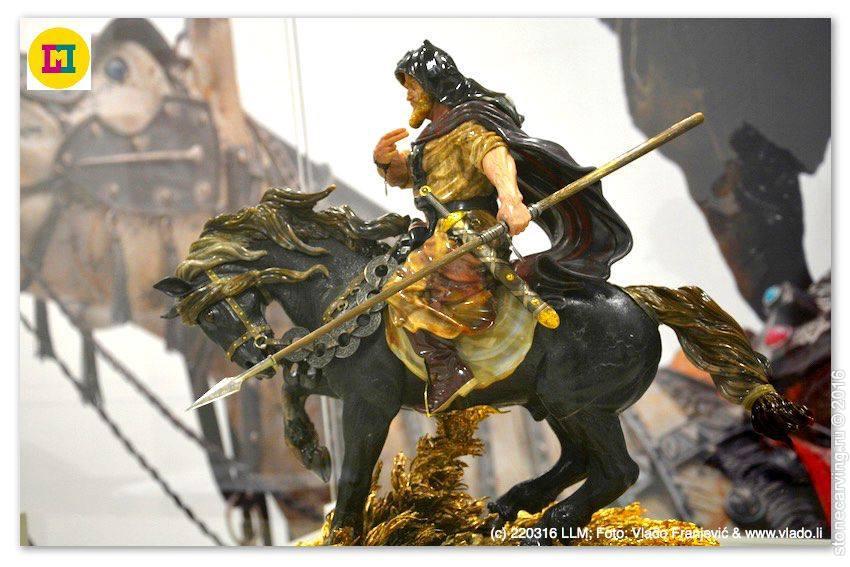
The exhibition “Heroes. History in Ural Stone Carving” has opened in Liechtenstein
The exposition is displayed in Liechtenstein National Museum
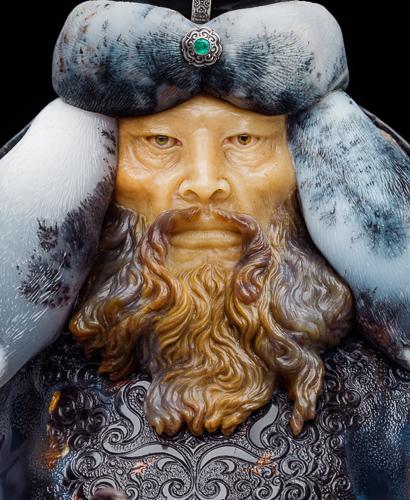
Heroes. History in Ural Stone Carving
The Opening Ceremony of ‘Heroes. History in Ural Stone Carving’ exhibition will take place on the 23rd of March at 19.00 in Liechtenstein National Museum
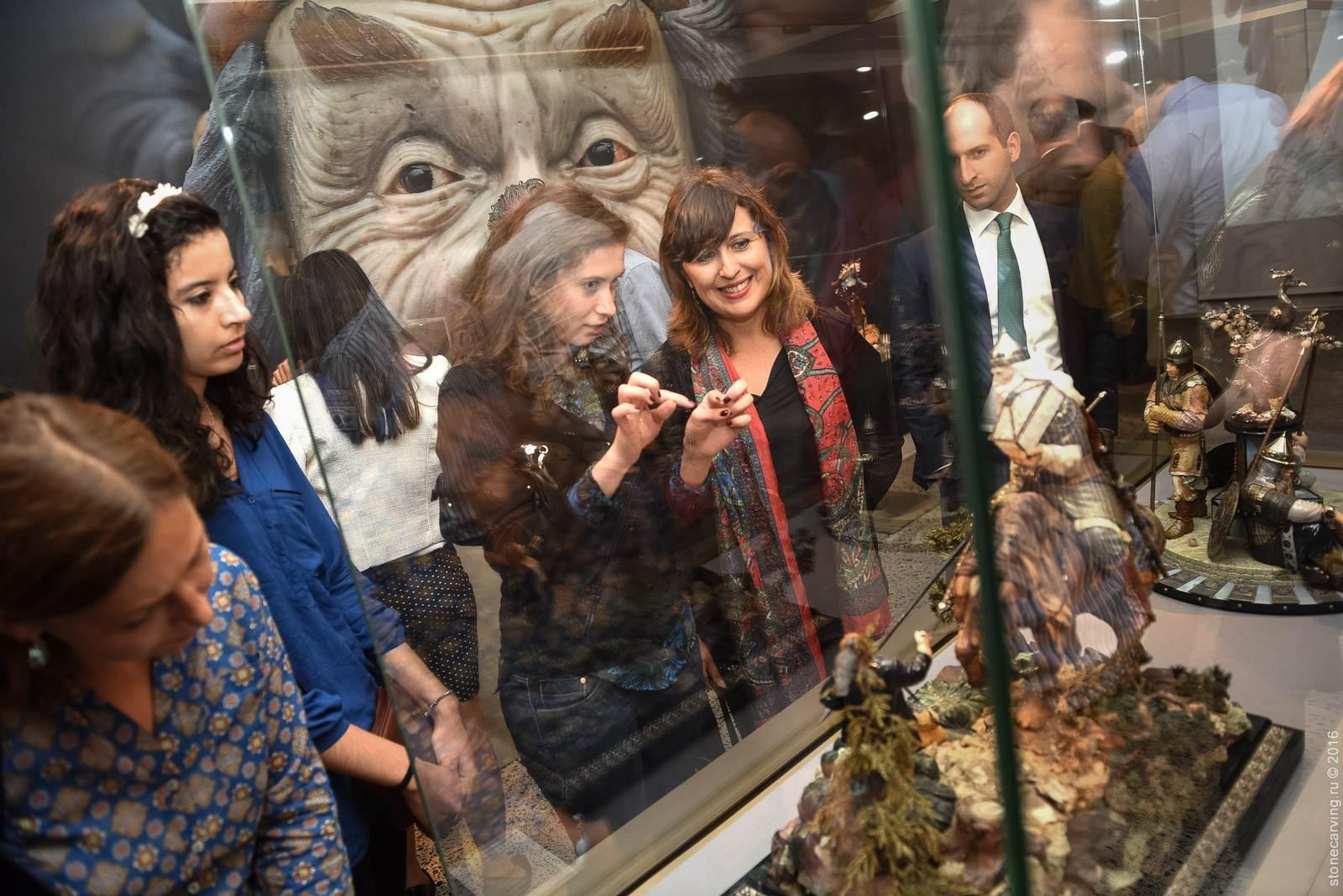
The exhibition in Liechtenstein has opened its doors
July 9, 2015 — The exposition welcomes everyone in Liechtenstein National Museum until 18 October 2015.

Introduction
Today we are witness to the golden age of new media. Children now turn to computer games rather than reading or listening to audio books. That is probably why this exhibition of stone sculptures based on fairy tales is somewhat surprising. The question that arises is perhaps the following: Is there still a need for fairy tales or for the art of stone carving?
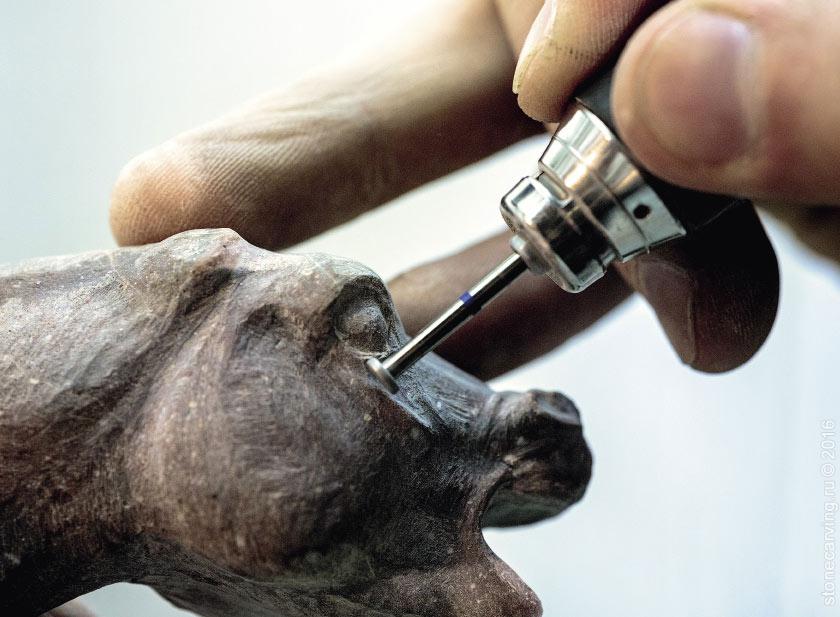
Stone carving: from concept to finished work
Hard stone carving is a truly unique art. On the one hand, the stone carver is an artist and a creator, who gives a hard and shapeless piece of stone a new life and a new shape. On the other hand, his most important task is to unveil and demonstrate what has already been created by nature: beauty, structure and the unique character of the stone. When it comes to working with stone, each piece requires this fine balance between creating and being guided by the material itself.
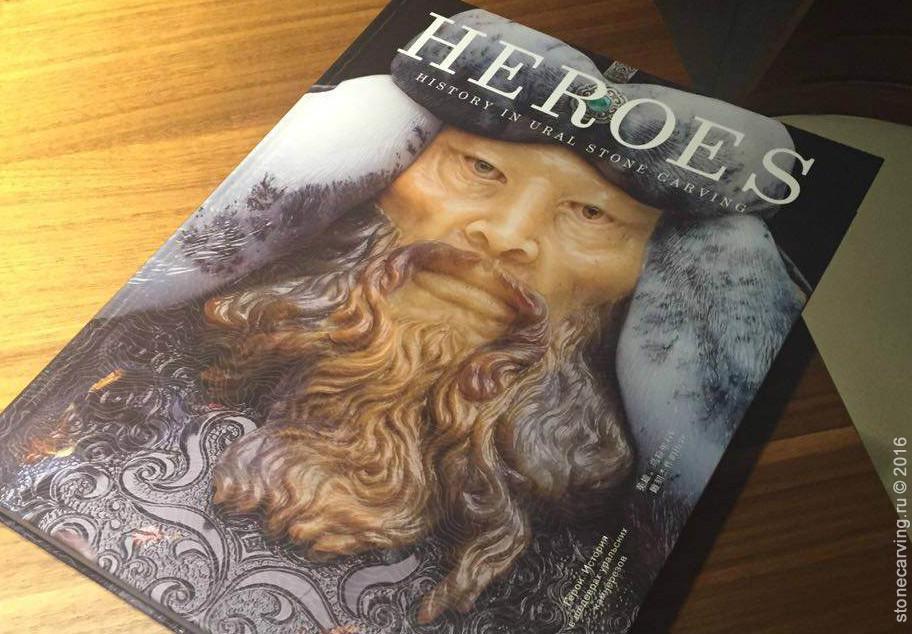
The exhibition catalog “Heroes. History in Ural Stone Carving” is published
The book is prepared specially for the exhibition, which opened on 23 of March in Liechtenstein National Museum: the reader will find all stone sculptures presented in the exhibition in the catalog.
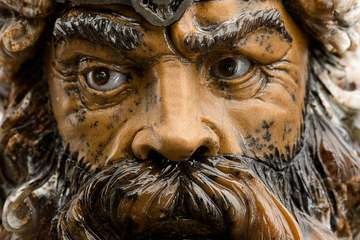
Exposed stone compositions
August 25, 2015 — The ‘Exhibition’ section provides all stone carving compositions, forming the Legends and Fairy tales in Ural stone carvings exhibition.
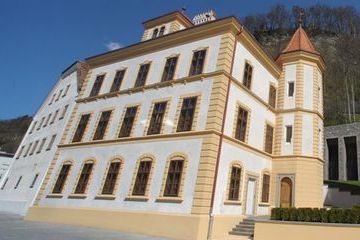
New exhibition opened in Vaduz on 8 July
July 8, 2015 — The opening ceremony of ‘Legends and fairy tales in Ural stone carvings’ exhibition took place on 8 July in Liechtenstein National Museum.
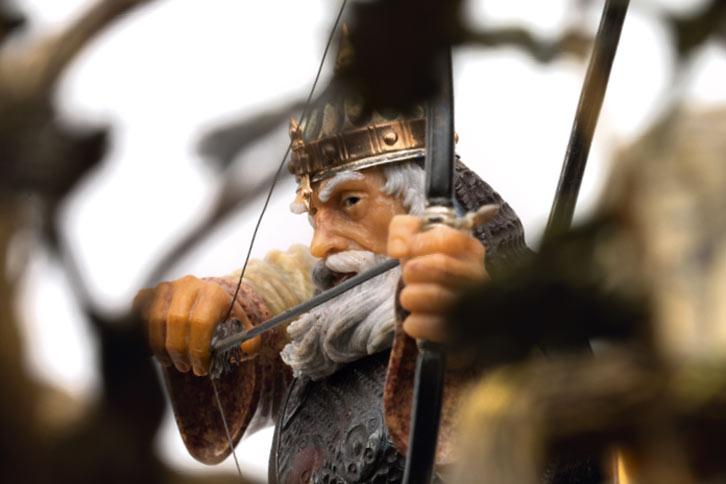
Legends and fairy tales in Ural stone carving
The Legends and fairy tales in Ural stone carving exhibition showcases the best hard stone sculptures dedicated to fairy tales, mythological figures and epic heroes. Folklore has always been part and parcel of Russian culture — from ancient times to the modern day. Writers and artists find inspiration in folk tales and the Russian language itself is full of references to stories and images that are well known to Russian people from early childhood.

Five Centuries of Three-Dimensional Mosaic
The history of stone carving in the Urals dates back to the time when Peter the Great was reforming Russia. Over the three hundred years of its existence, this art has changed but it has always had surprisingly close ties with Western European practices in stone-cutting.

The book about stone carving picked up European award
“The Best Books of Liechtenstein 2015” award was given to the book “Legends and fairy tales in Ural stone carvings”
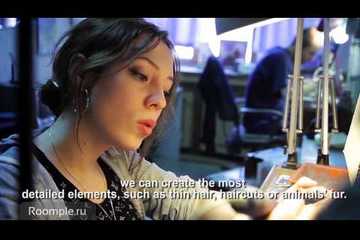
Stone sculptures: creation
Roomple Internet video channel had visited the ‘Svyatogor’ workshop and made a film about the process of creation of stone sculptures by stone carvers.
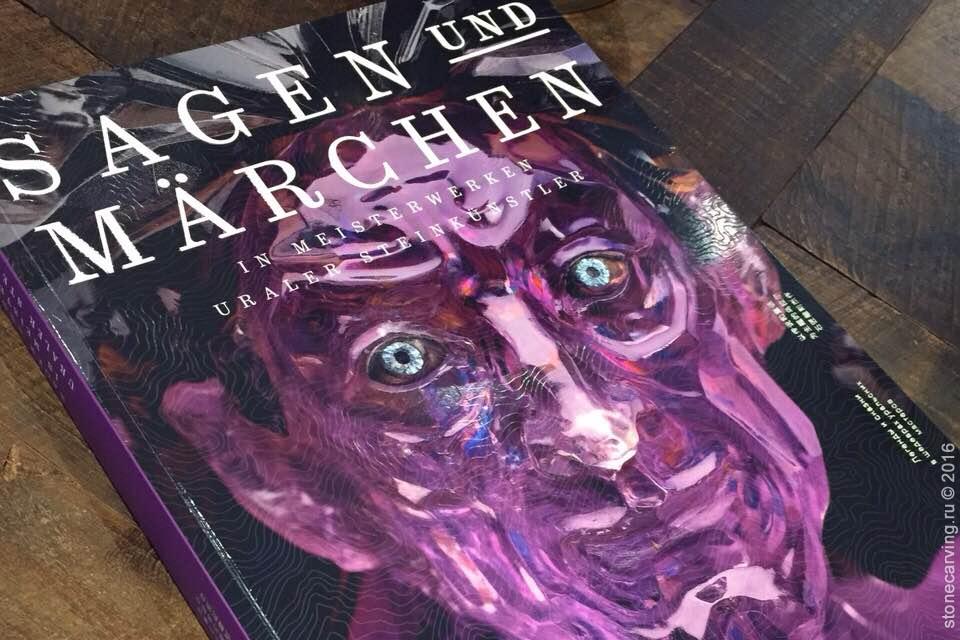
The catalogue of ‘Legends and fairy tales in Ural stone carvings’ exhibition is available
July 6, 2015 — The catalogue in four languages will be available in Liechtenstein National Museum in Vaduz.

Hard stone carving in the Urals: a story with a new beginning
Hard stone carving developed intensively in the 18–19th century and the active exploration of the Urals — one of the most unusual Russian regions, rich in unique gems — played an important role in this process. The Ural Mountains, which gave the region its name, divide Europe and Asia and behind them lies vast Siberia. Historically, the development of this region has been linked with mining and naturally, such a diverse range of minerals and rocks generated a lot of interest in the art of hard stone carving.

